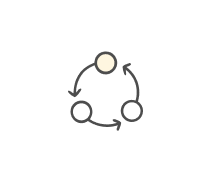Quiz 1 - Processes & Threads
- ACM CS2013
2.
You may optionally provide this to label your report, leaderboard, or certificate.
×
Thank you for your feedback!
















